Outback and beyond in Australia
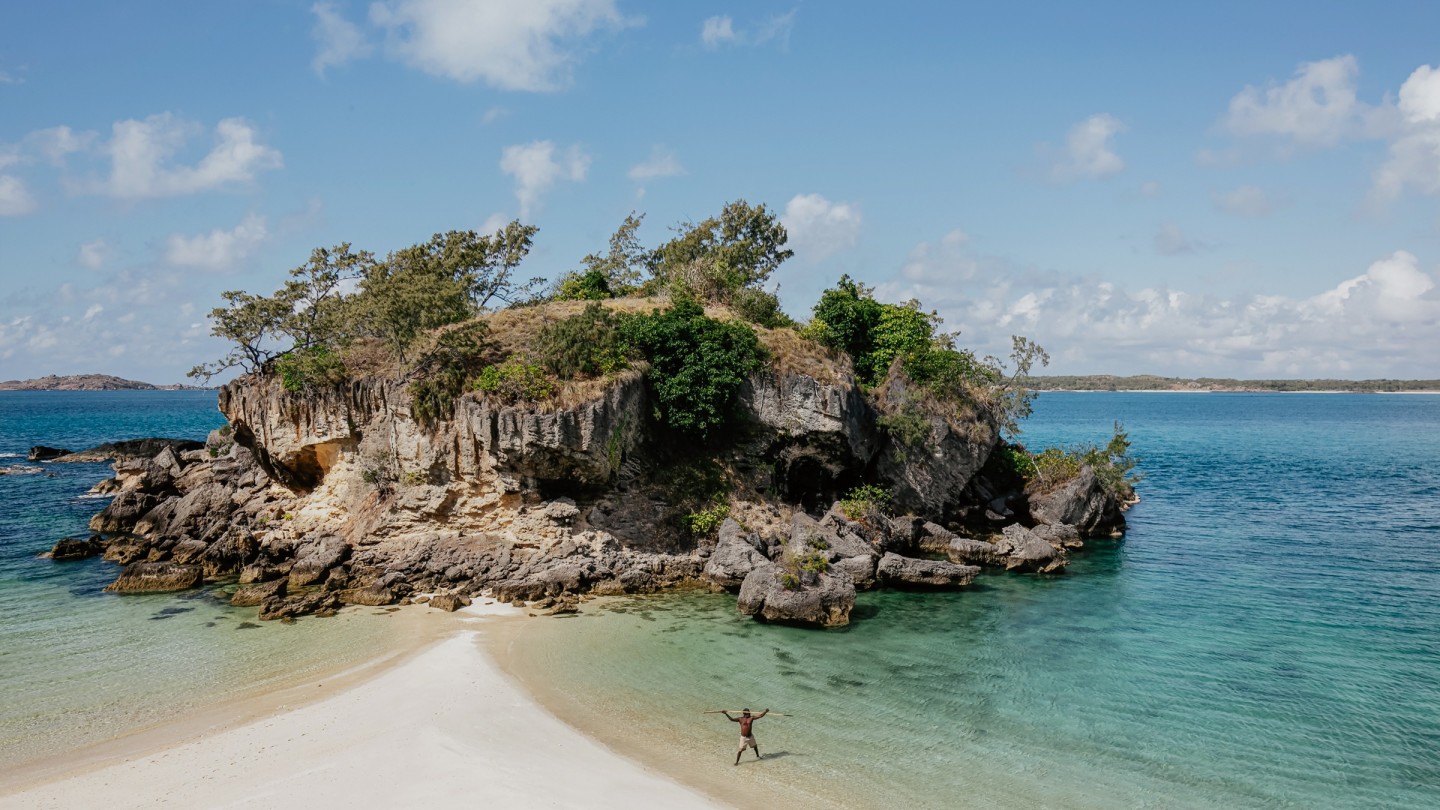
Roula Khalaf, Editor of the FT, selects her favourite stories in this weekly newsletter.
If you want to see Sydney in full boomtown spate, go to Margaret on a Friday night. Opened last year by Neil Perry, the elder statesman of modern Australian cuisine, Margaret is the city’s table to get by any means possible. The hype is justified: the food, with flavours of Europe and the Levant and east Asia remixed in virtuosic Perry style, is outstanding. The room, with its bespoke porcelain lighting and kid-skin banquettes, coheres in perfect blush-and-sage balance.
But it’s the scene that makes it so fascinating. Perry likes to call Margaret a “neighbourhood” restaurant; Double Bay, the neighbourhood it’s in, is the wealthiest postcode in Australia. Outside, Range Rovers and Porsche SUVs circle like apex predators. Women in diaphanous maxi dresses and blazers assess each other appraisingly as they tuck into spanner-crab agnolotti and grilled cos with sesame and rice-wine dressing. While the staff gently encourage early diners to wrap it up, the late ones crowd the bar, a scrimmage of pastel linen, Oyster Perpetuals and preternaturally smooth foreheads.
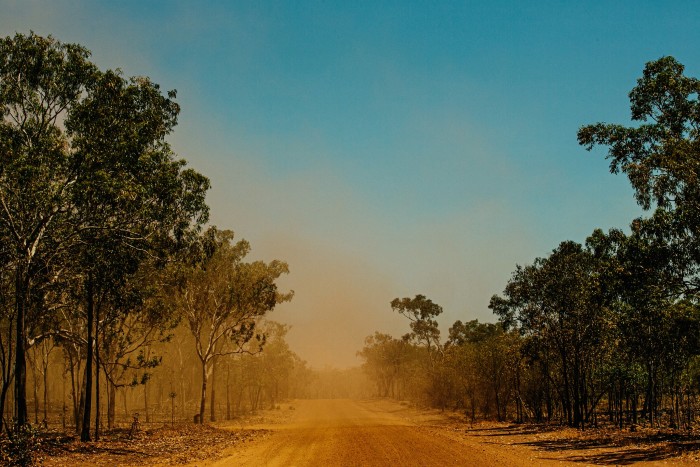
Less than 24 hours later, I am in the Daintree rainforest, in Far North Queensland – at 180 million years, the oldest in the world, and the most beautiful I’ve ever seen. Ulysses butterflies weave erratic paths from flower to flower; golden orb-weaving spiders sit immobile in skeins of web. Pandan and palm and silkwood glimmer every shade of green against a white sky. In place of dinner chatter, I listen to the rush of the Mossman River moving through metamorphic granite canyons to the Coral Sea. Instead of Range Rovers, kayaks list on the bank. To eat: sea almonds, collected on the beach with Juan Walker, a First Australian who guides the curious through Kuku Yalanji, his country. We sit on sawn-off logs, wet sand clinging to our feet.
Two realities, 2,500km apart; very differently satisfying but equally representative of a nation that has long exported the dual identities of being a lifestyle superpower and home of the world’s oldest indigenous civilisation. Australia commands an outsized space in the imagination. When I lived in south-east Asia, I spent weeks of every year exploring Sydney’s rock pools and Melbourne’s laneways, the vineyards and caves of Margaret River and the insanely gorgeous collision of bush and beach that is Ningaloo. The lure of its other, still unknown (to me, anyway) places amplified in lockdown, when Australia felt as remote and fantastical as some of the planets whose landscapes it can resemble. At the grey nadir of winter in Europe I dreamt, literally, of an Arnhem Land: the viridescent wetlands, the shocking black-red throats of gorges, the tropical coast, slivers of white beach separating bush and primeval boulder from candescent sea.
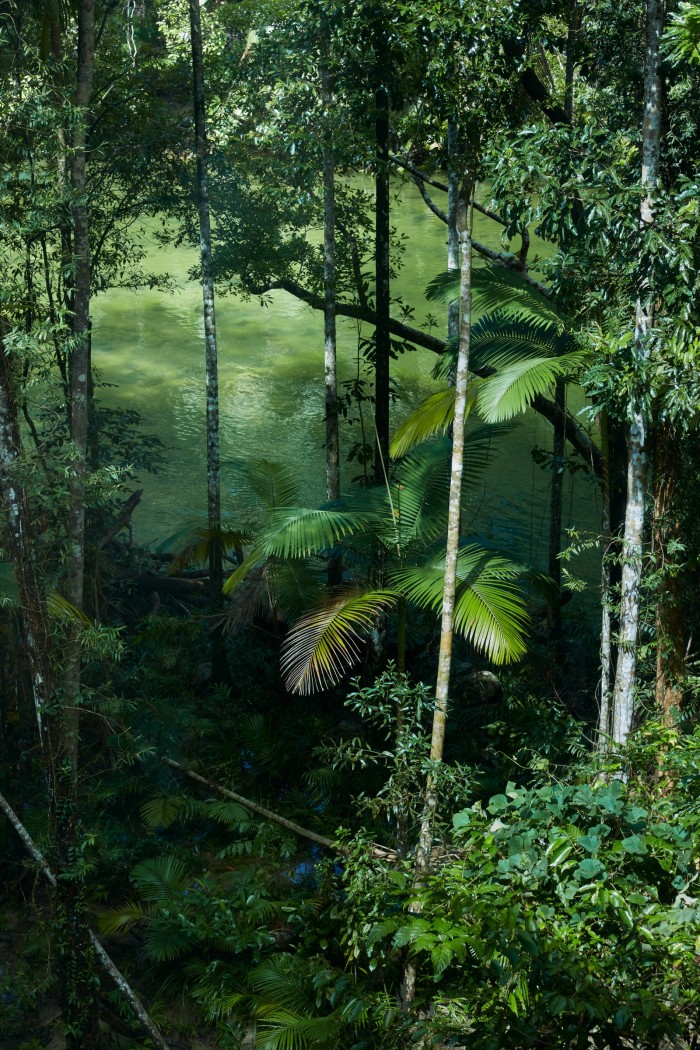
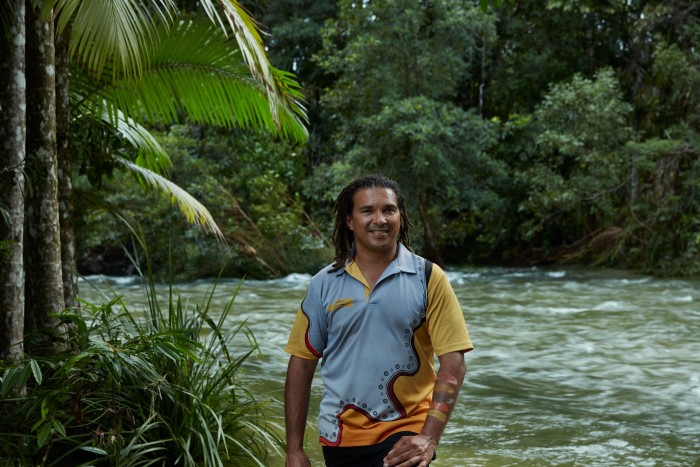
To be back is thrilling, and also revelatory. The two years of a hard closed border, with parts of the country in months-long lockdowns, were bookended by massive natural disasters: the 2019-2020 bushfire season burned some 46mn acres across five states; then entire communities in the Northern Rivers region were submerged by the catastrophic floods earlier this year.
Has the gruelling interlude served to foster any collective introspection? Hard to say definitively without speaking to – or for – 26 million people. Certainly to view the Sydney CBD skyline, bristling with cranes, you might not guess the tough times were only weeks in the rear-view mirror. Australia’s remoteness may have felt amplified by Covid, but its self-reliance was a weird fillip for the economy: some projections have it growing by as much as 6.6 per cent over 2019 levels by end of year.
Nowhere does this feel truer than in Sydney. On a good day there’s little that can compare for the sheer urban-ideal gorgeousness of the harbour – cobalt water ruched and smoothed by fresh breezes, boats tilting across its expanse, their sails backing in tall, elegant white curves against the blue. It’s beauty that makes you understand why Sydney really feels itself. And these days, more than ever. Showboat-y new restaurants and bars have been opening in rapid succession (if you can’t make it to Margaret, don’t miss Pellegrino 2000 and Shell House – though good luck with those bookings too). Culture is large on the horizon: Sydney Modern, the $345mn new-build extension of the Art Gallery of New South Wales, designed by Japanese architects SANAA, is slowly altering the landscape above the Royal Botanic Garden; it too will open this year.
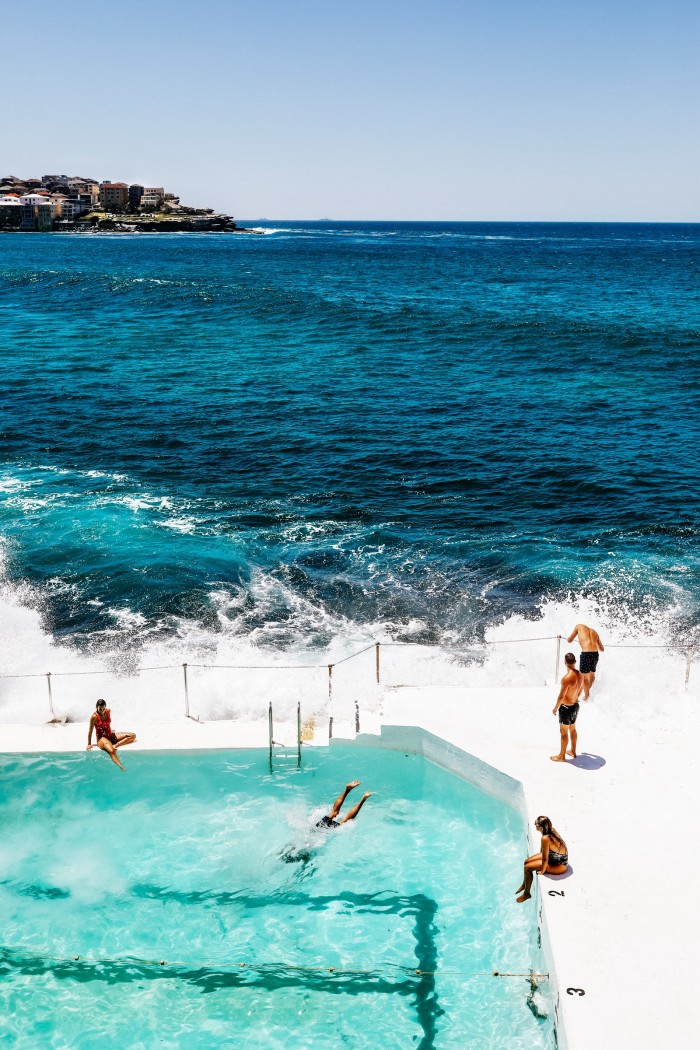
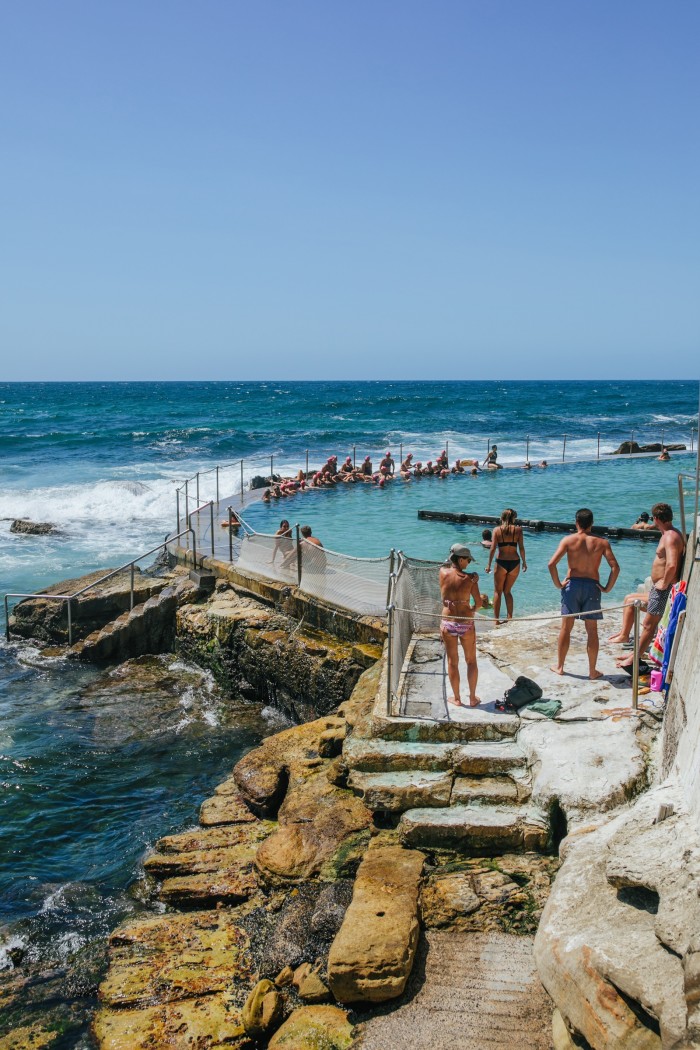
Across the city, several new hotels are now operating or in the offing, among them Kimpton Margot Sydney, housed in the 1939 former Sydney Water head office, and Capella Sydney, an expensive renovation of the CBD’s listed Department of Lands building, which will come online in early 2023. Even Bondi Icebergs impresario Maurice Terzini is in the game: he and Fridcorp have been tapped to reinvent the old InterContinental in glossy Double Bay.
But there does seem to have been a certain shift in the culture. Once upon a fairly recent time, many non-indigenous Sydney-siders wouldn’t have known the meaning of “Cadigal” or “Eora”. Today they’d have to really not be paying attention to be unaware of the Cadigal people of the Eora nation; likewise, Melbournians of the Boonwurrung of the Kulin nation, or Perthites of the Whadjuk people of the Noongar nation. Acknowledgement of Country has become so diffuse a practice as to be almost a given; witness Margaret, which pays respect on its website to the Cadigal, traditional custodians of the land it operates on.
How did Australia’s oldest cultures become the focus of the conversation so many more Australians are now having? David Prior, the Australian co-founder of boutique travel designers Prior, says Australia is in a real inflection moment. “One thing that’s changed, to a degree I found amazing, is how much indigenous language has entered the vernacular. It’s not tokenism,” says Prior, who also recently went back – his first time home in three and a half years. “It has genuinely become part of the culture. And I think it has opened up a level of receptiveness and humility and curiosity about Aboriginal wisdom.”
“We are in a place of self-reflection, and with that comes better inquiry,” says Arabella Douglas. A Minyungbal woman based in Tweed Shire, New South Wales, Douglas is one of the founders of Currie Country, an organisation that connects people to Aboriginal Australia via events, education and consulting. But she’s particularly known as a sort of food activist, who links indigenous producers to top chefs, keen to use native ingredients that are sourced responsibly from the right people and Country. She’s highly respected in the food world here; in March, she was the first indigenous person to host the Melbourne Food & Wine Festival’s prestigious Chef Series in the event’s 30-year history. I came across her at the opening party – dauntingly chic in high white ankle boots, a pencil skirt and emu-feather gilet, flashing a dazzling smile everywhere.
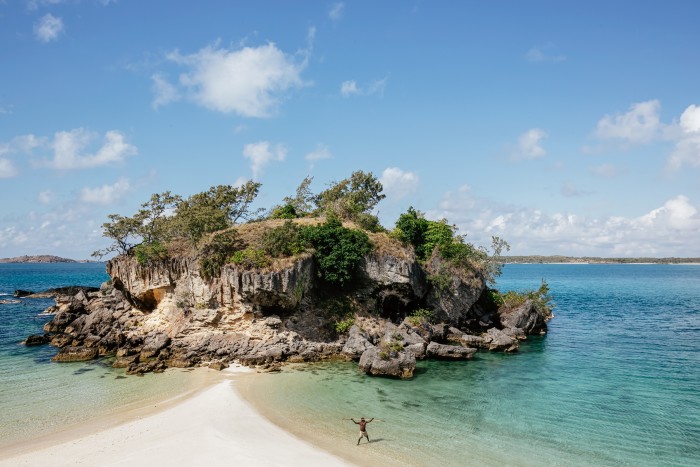
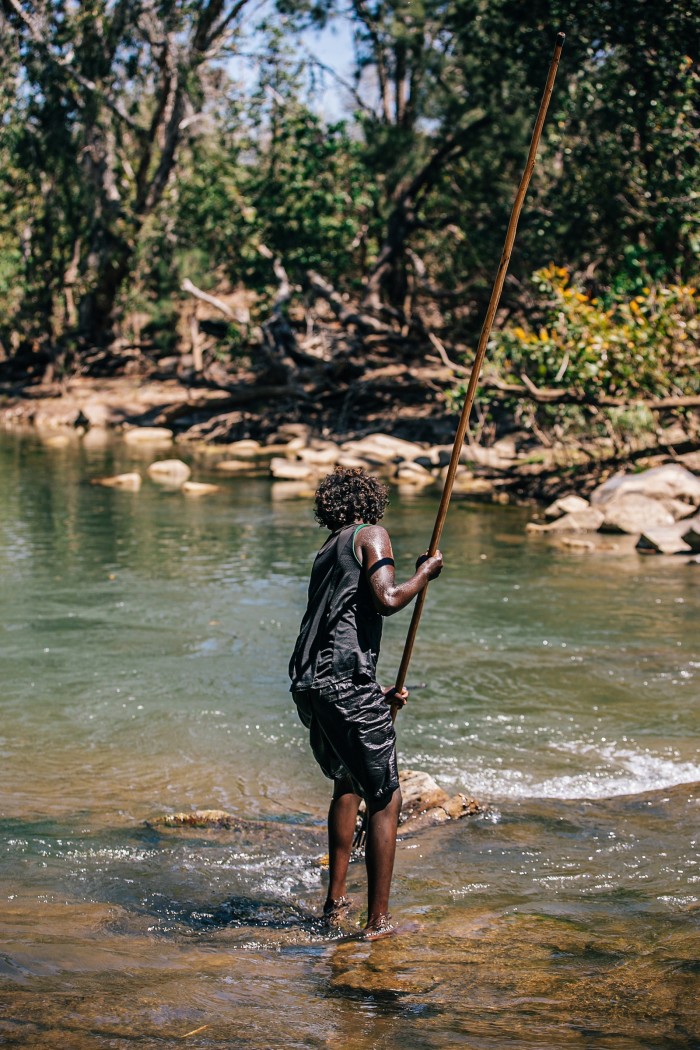
“People are in search of a more authentic narrative,” she says. “Many are longing to make a connection that’s outside [our] 1788 colonial discourse – that perspective is really attractive to an experienced traveller. I think we’re going to see a new type of engagement that’s about intimacy with our cultures.”
Douglas hosts a handful of intimate experiences on her Country, which happens to be glorious: north of Byron Bay, it’s similarly blessed with rolling green subtropical forest and sweet late-19th-century towns (but with less of the conspicuous counter-culture posturing Byron has become notorious for). She offers moonlight ceremonies and Tweed River cruises with narrative histories and healing rituals, some of them women-only. She also organises private dinners with chefs. “We’ll book an island out for 15 or 20 people, with incredible food and storytelling… to have what I would call global conversations around how First Nations systems and knowledge operate.”
During the pandemic, domestic demand was robust, she tells me, despite prices in the hundreds of dollars per head per evening. As most others I spoke to, she chalks the interest up to a combination of things – but, for her, it’s also about the power of her medium: “Food is an incredible trade story, about how the world is both co-opted and created.”
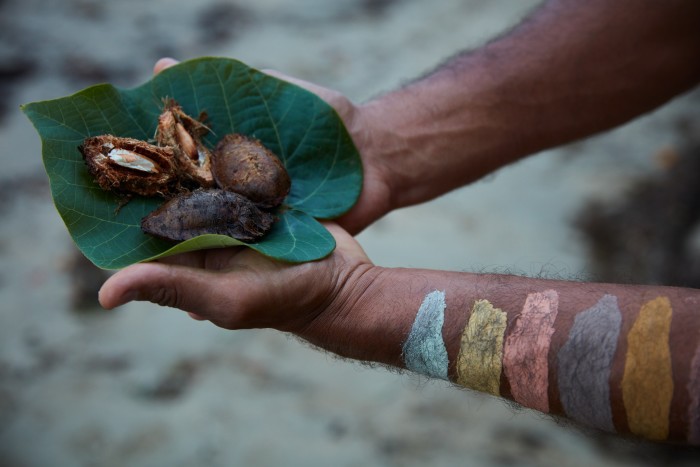
Food, if you do your research, can connect you to First Australia anywhere you go here. That could be remotest East Arnhem Land, home of a number of pioneering indigenous-owned native plant growers, the only indigenous-owned licensed native nursery in the Northern Territory (at Gulkula, one of the only indigenous-owned bauxite mines in Australia), and myriad guided experiences – walks, hunts, forages and fishing trips – that will get you to serious grips with bushtucker food. (The native green plum, which has been part of food traditions here for more than 50,000 years, was recently discovered to contain one of the highest folate levels of any fruit on the market – a potential boon for Aboriginal food growers in the region.)
But equally it could be Sydney’s fast-gentrifying inner city. Kylie Kwong, like Neil Perry, is one of Australia’s most revered chefs; Billy Kwong, the restaurant she co-founded 22 years ago, altered how Australians understood Chinese food, and topped favourite lists around the world. When she closed in 2019, fans were left bereft, wondering where she’d go next. Where she has gone is Eveleigh, an Inner West area with a historically large indigenous population, within which is the South Eveleigh precinct – a new hub of tech businesses, cafés, bars and restaurants, and a thriving community centre. It’s here, in a 19th-century locomotive workshop, that she opened Lucky Kwong in mid-2021.
Lucky Kwong is a canteen, and your seat from the 35 available might be in a line of stools at a counter facing a white brick wall. To create the Kwong repertory – modern riffs on traditional Cantonese, incorporating native Australian ingredients – she works closely with Clarence Slockee, a Cudgenburra/Bundjalung man who runs the South Eveleigh Community Building Rooftop Garden, cultivating native edibles such as warrigal greens, finger limes, bush raspberry, salt bush and karkalla succulent plants. When Kwong first started incorporating native ingredients into her cooking some 10 years ago, it was, she says, “like discovering a whole new food language, in the midlife of my career”.
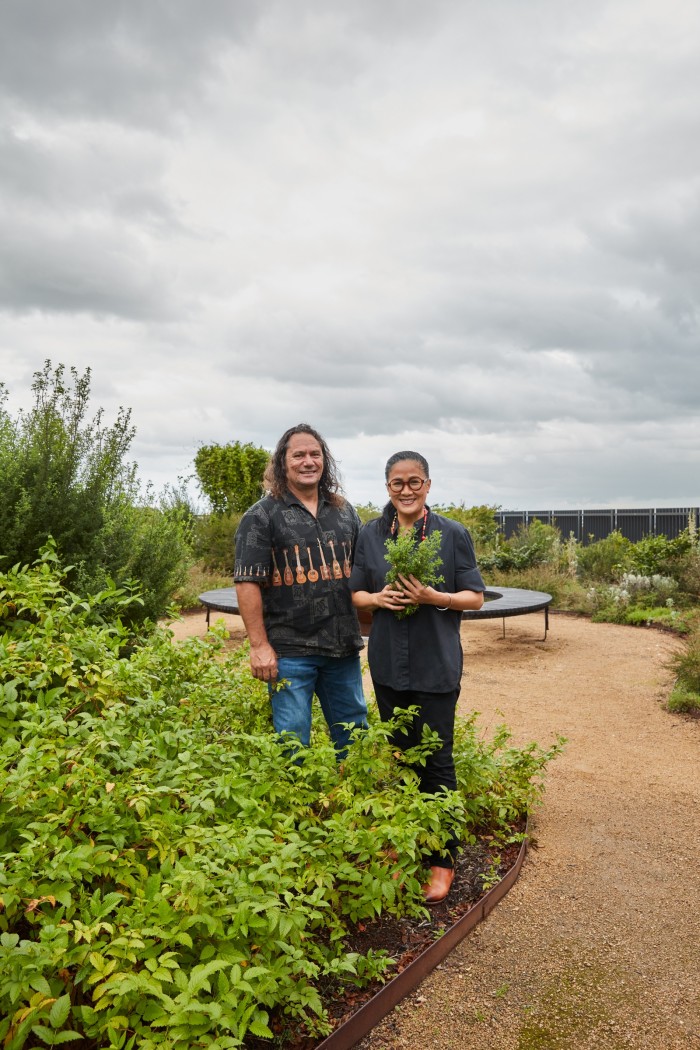
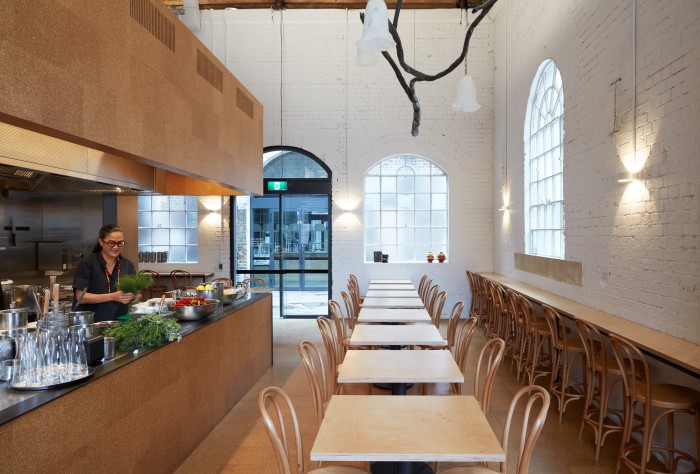
Her aspiration for Lucky Kwong is “to nourish people on a number of levels, to take care of people by caring for the community”. At lunch, she tells the story of the natives to various guests, showing them platters of the salt bush and greens she and I had together gathered from Slockee’s garden that morning. Then she stir-fries them with organic shiro shoyu, sesame oil and garlic. They are so transportingly good I ask for seconds; so does Nigella Lawson, who is seated at the table next to me.
Two weeks earlier, I’d been eating sea almonds barefoot on the beach. I’d flown to Queensland to stay at Silky Oaks Lodge: one of Australia’s original great lodges, acquired by James and Hayley Baillie just before the pandemic, it reopened in December after a $20mn renovation. Baillie Lodges has set the bar for experiential luxury in Australia’s wildernesses, at properties such as Longitude 131° at Uluru-Kata Tjuta and Capella Lodge on Lord Howe Island. The most famous, Southern Ocean Lodge on Kangaroo Island, was destroyed in the 2020 bushfires; the Baillies recently broke ground on the rebuild, and expect to reopen late in 2023.
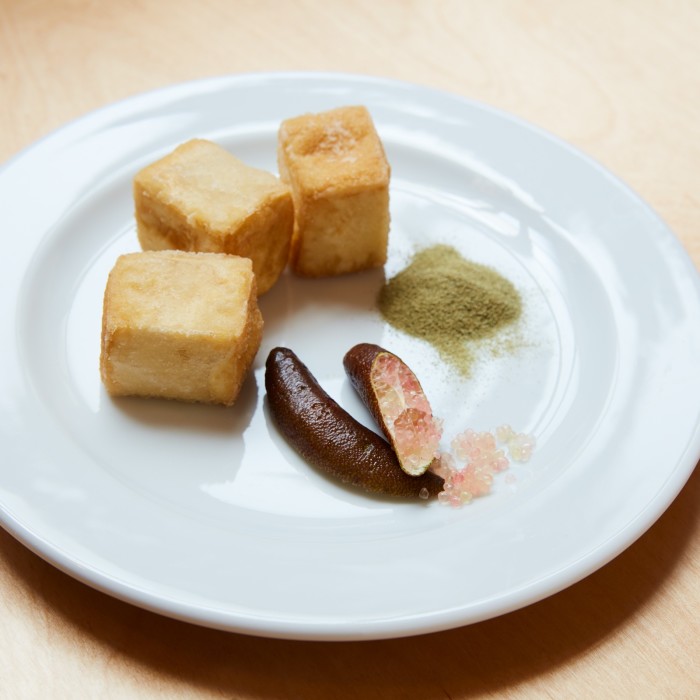
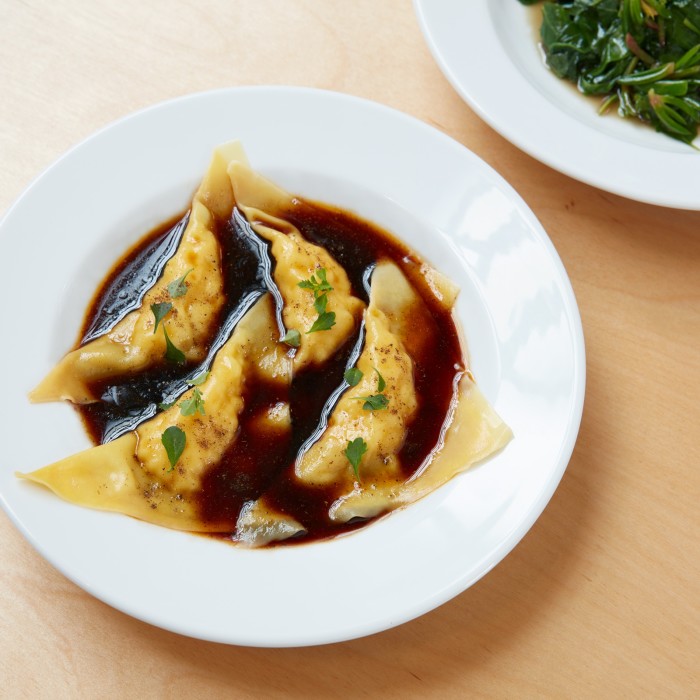
At 37-year-old Silky Oaks, they’ve brought the property smartly up to date with zero loss of soul. The lodge fans out by the Mossman River, tumbling over granite outcroppings and pools below in a series of deliciously swimmable billabongs. (No, no crocodiles this far upstream.) The main building, open to the elements, meanders along the high bank: yoga pavilion, dining room, bar, living room and observation deck over the water. The rooms themselves are unencumbered by frippery, with strip timber floors, ceiling fans, big stone tubs and deep rope hammocks on the terrace.
Twenty years ago, when integrated casino resorts were the rural-luxury paradigm here, the Baillies were already talking construction footprints, land conservation and food provenance. At Longitude 131°, they partnered with Ernabella, the indigenous-owned/operated arts collective in Outback South Australia; the partnership has since generated an estimated A$750,000 in income.
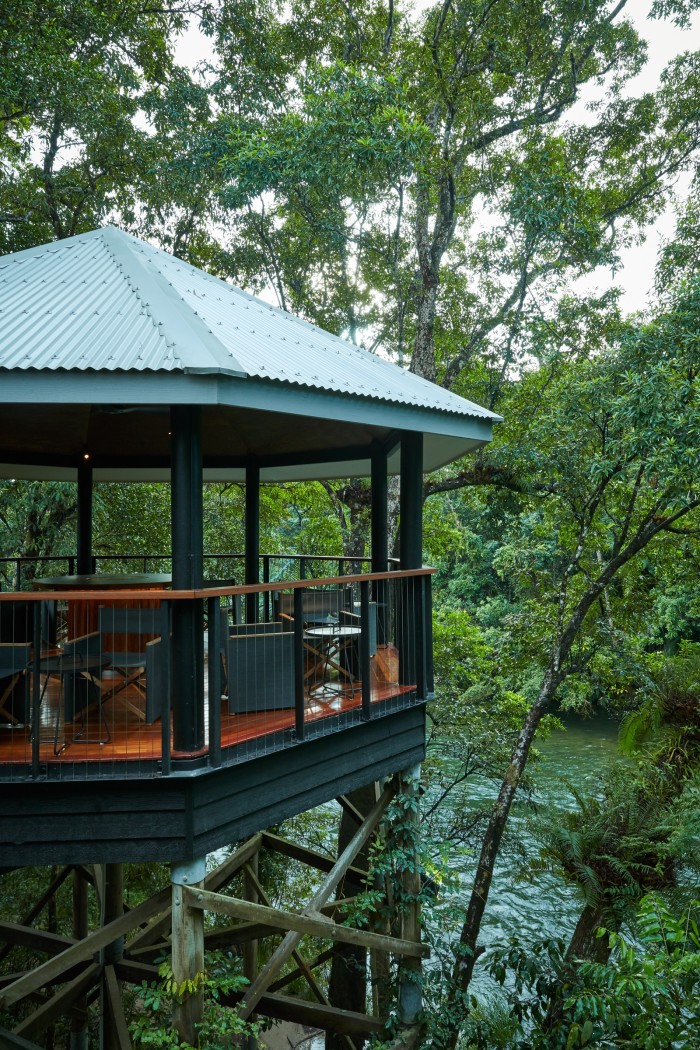
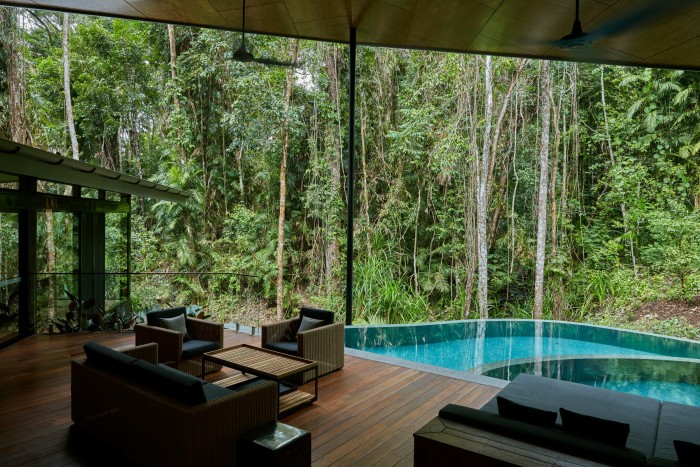
They’ve also worked to identify First Nations-owned local operators and guides who can open up Country to their guests. At Silky Oaks, that person is Juan Walker, a Kuku Yalanji man who founded his own outfit 12 years ago. We met at the lodge, but made our way down the mountain for the beach – Kuku Yalanji country, Walker explained, isn’t just the rainforest: “It’s a range of environments; the reef, the mangrove habitats.” Standing in a postcard white-sand cove between the Mossman and Daintree Rivers, Walker catalogued his family’s clans: who married whom; where they moved from season to season, following what was growing, settling disputes; what they traded with the Djabugay, their southern neighbours.
He picked native hibiscus from the sandy soil; the moisture in their stamens provides hydration on long fishing days; the edible leaves, nutrition. We collected sea grapes, whose opalescent juice soothes insect stings and are very effective eye drops; I squeezed one into each of mine. We walked the beach into a thicket of mangroves that clicked and hummed with life: “Come in here at low tide, you’ll sink up to your knees in that mud,” he said. But the crabs – which he sometimes catches and cooks up with his clients – are plentiful.
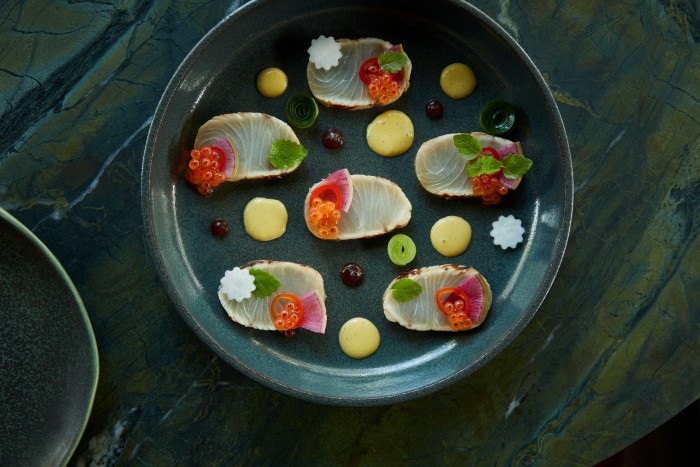
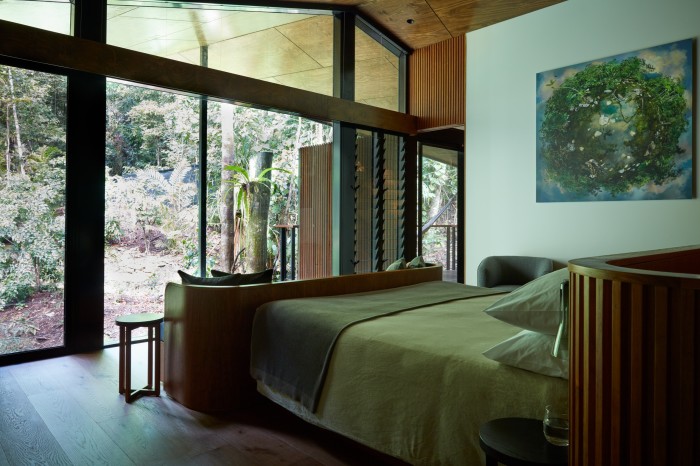
Not that all of them, or even very many, are ever taken. “A good way for everyone to understand and utilise Country: only take what you need, and leave the rest behind for the next person,” he said. By now we were in the shade, hands full of the pink sea-almond pods we’d been looking for. I popped them open, one after another; the soft, bone-white flesh carried whispers of the flavour I know from California. “It’s important to understand the rules,” he said. “But it’s also important how you see it.”
In September, the Queensland government transferred formal ownership of almost 400,000 acres of Daintree’s rainforest to the Eastern Kuku Yalanji, culminating four years of negotiations. Walker, Prior, Douglas and so many others agree: Australia, in myriad subtle ways, is becoming a different place. The time is ripe for seeing it.
Maria Shollenbarger travelled as a guest of Tourism Australia (australia.com) and Kimpton Margot Sydney (kimptonmargotsydney.com)
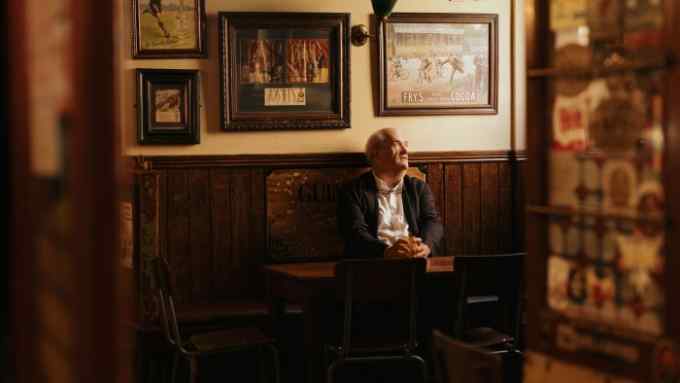
Comments